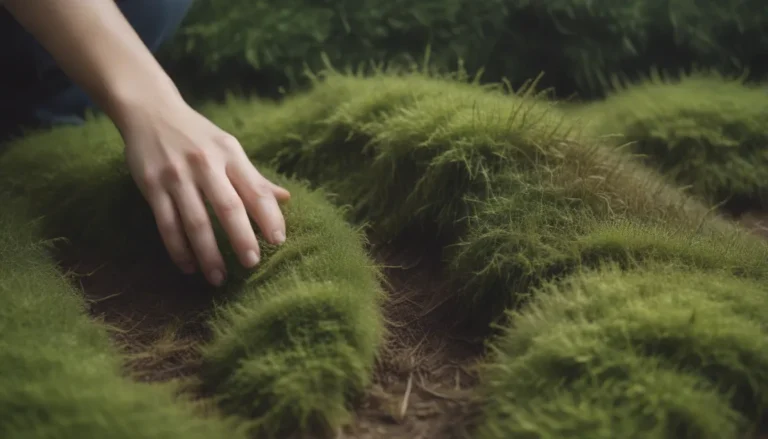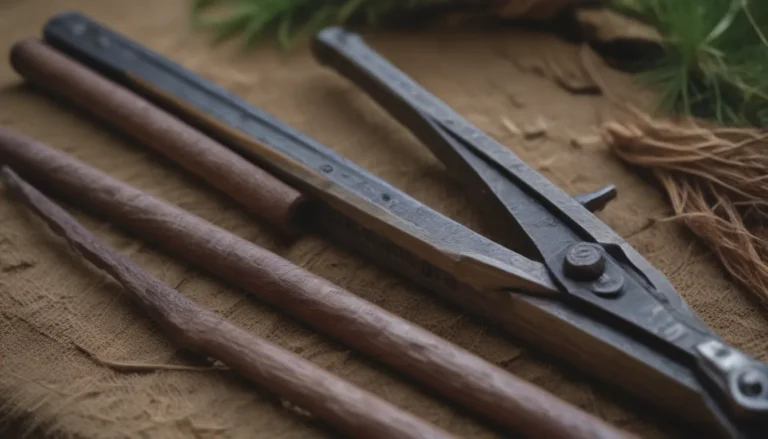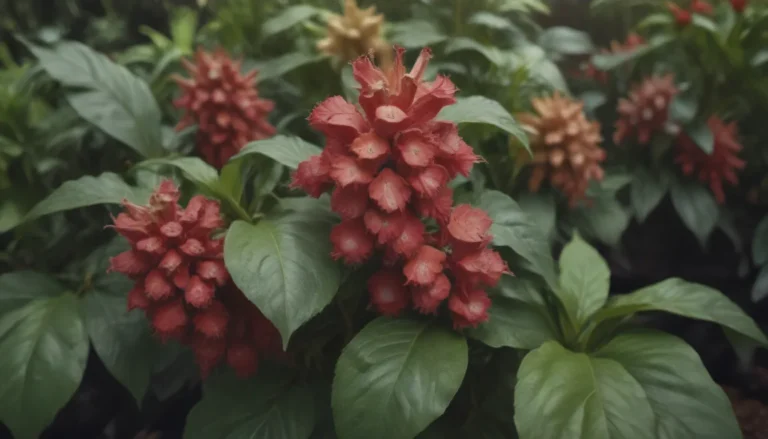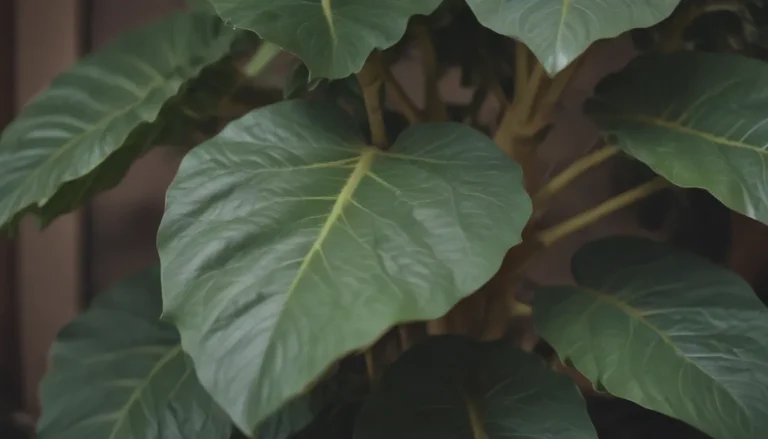The Ultimate Guide to Growing and Caring for Astilbe
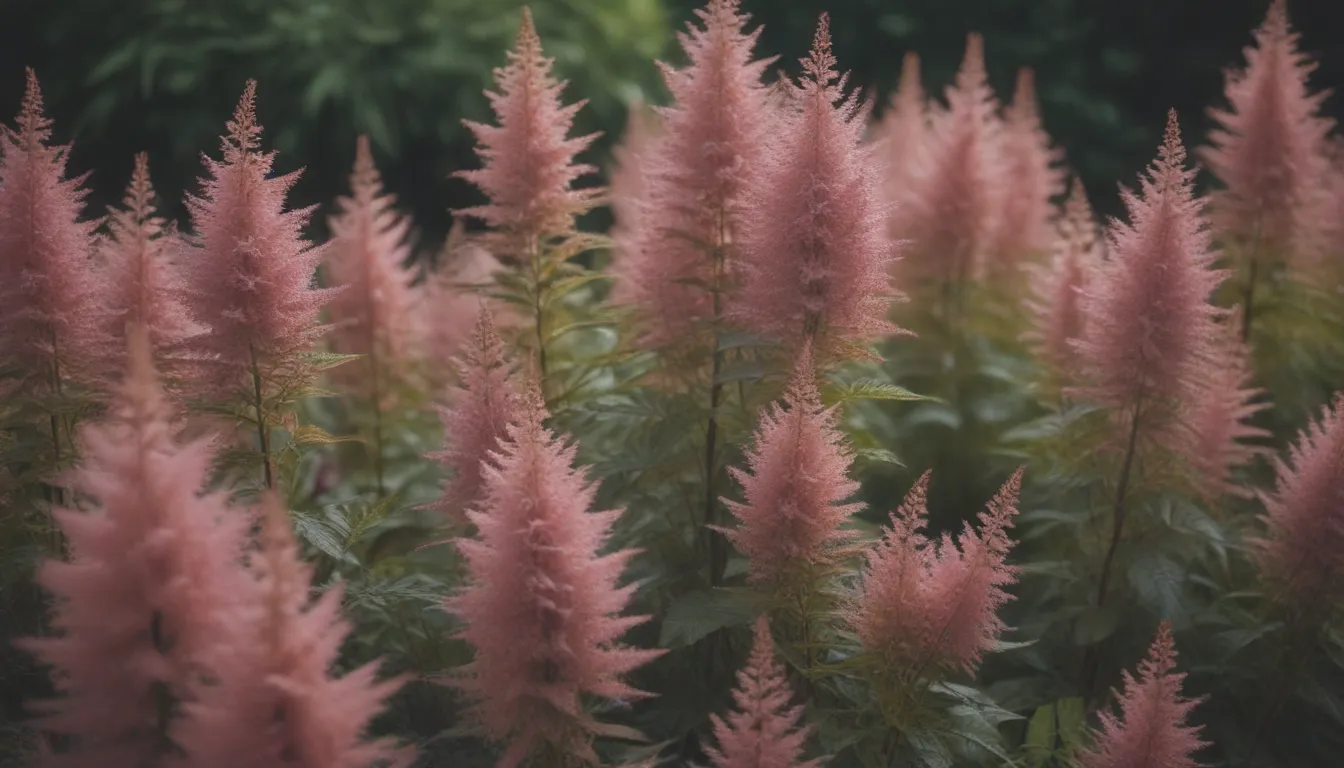
Are you looking to add a pop of color to your garden? Look no further than astilbe! These beautiful perennial flowers are not only easy to care for but also offer long-lasting blooms in shades of white, pink, purple, and red. In this comprehensive guide, we will explore everything you need to know about growing and caring for astilbe to ensure your garden is bursting with vibrant hues all season long.
Introduction to Astilbe
Astilbes, scientifically known as Astilbe spp., are a fantastic addition to any garden, offering plume-like flowers that stand tall above the airy foliage. These low-maintenance plants are virtually pest-free, making them an excellent choice for both beginner and experienced gardeners. Whether you have a shady spot that needs brightening up or a sunny location that could use some softening, astilbe is the perfect solution.
Benefits of Growing Astilbe
- Long-lasting blooms that add vibrant color to your garden.
- Easy to care for and low maintenance.
- Ideal for part shade borders or containers.
- Provides a nice textural contrast to other plants in the garden.
How to Care for Astilbe
Growing and caring for astilbe is relatively straightforward, as long as you provide them with the right conditions. Here are some essential tips to help your astilbe thrive:
Light
Astilbe plants grow best in part shade but can tolerate full sun or full shade. While they will bloom in full shade, they prefer some sunlight to reach their full potential. In hot climates, provide some relief from the afternoon sun to prevent foliage burn.
Soil
Astilbe plants prefer rich, moist soil with a slightly acidic pH of around 6.0. Ensure the soil is well-draining to prevent waterlogged conditions that can harm the plants.
Water
Astilbes need regular watering, especially in warm weather and full sun. Keep the soil consistently moist but not soggy, and avoid prolonged periods of drought to prevent the plants from drying out and dying.
Temperature and Humidity
Astilbe plants are hardy and can survive winter, but they may develop powdery mildew in humid conditions. Mulch around the stem after the first hard frost to protect the roots and maintain soil moisture.
Fertilizer
Fertilize astilbe plants with a phosphorus-rich fertilizer, such as 5-10-5 or 10-10-10, to promote blooming. Apply the fertilizer in the spring when the soil is moist, taking care not to get it on the leaves to avoid burning them.
Types of Astilbe
There are many varieties of astilbe available, each offering unique colors and characteristics. Some popular types include:
- Astilbe x arendsii ‘Bridal Veil’
- A. x arendsii ‘Fanal’
- A. x arendsii ‘Rheinland’
- A. chinensis taquetii ‘Purple Candles’
- A. chinensis ‘Visions in Red’
Explore different types of astilbe to create a diverse and colorful garden that blooms throughout the season.
Pruning and Propagating Astilbe
While astilbe plants require little maintenance, pruning and propagating can help keep them healthy and thriving. Here are some tips:
Pruning
Trim the flower heads when they start to look ragged, or leave them up for winter interest and cut back in the spring. Astilbe flowers can remain attractive for many months, adding visual appeal to your garden.
Propagating
Divide astilbe plants every four to five years to maintain their health and vigor. While astilbe seed is available, starting with a plant or division is easier and more reliable for successful growth.
Common Pests and Plant Diseases
Astilbes are generally trouble-free, with few diseases or insect pests to worry about. However, tender new growth may attract nibbling from groundhogs or rabbits. Keep an eye out for any signs of damage and take appropriate measures to protect your plants.
In conclusion, growing and caring for astilbe is a rewarding experience that can bring vibrant color and texture to your garden. With the right conditions and maintenance, these beautiful plants will thrive and bloom for many years, enhancing the beauty of your outdoor space. Experiment with different varieties and arrangements to create a stunning garden that showcases the unique beauty of astilbe. Happy gardening!
